5 ways I'm using tech to survive January and romanticize my life in 2024
Smart lights and stylish earplugs are my essentials for 2024
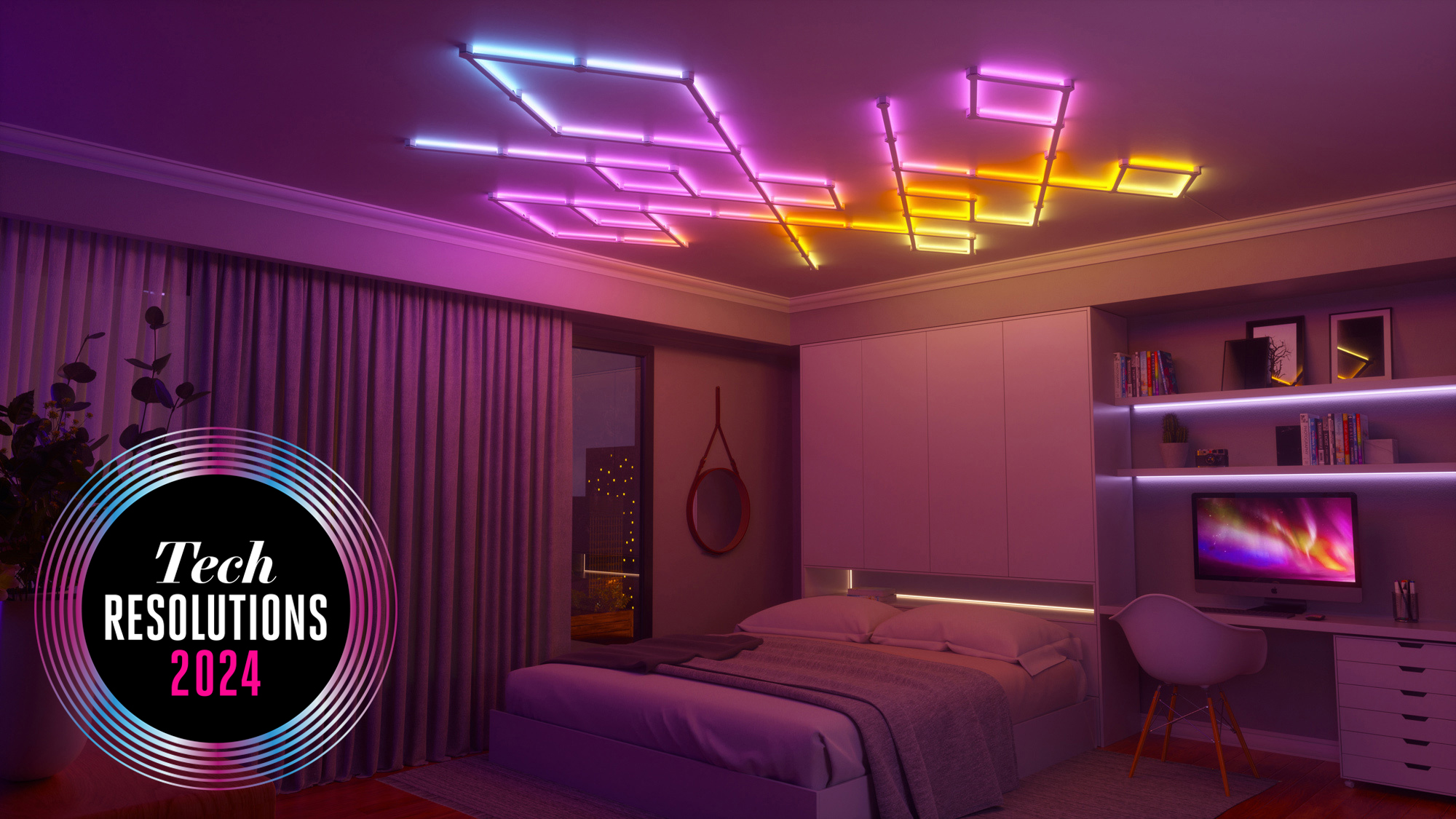
January is tough. The excitement of Christmas is over – though your hangover may be lingering – and it’s cold and dark without festive lights to brighten things up anymore.
It doesn’t help that many of us associate January with feeling miserable (hi, it’s me), which might be a self-fulling prophecy. But I’m here to tell you that the first month of the year doesn’t have to be a sad slog – this time around I’m going to get through January by romanticizing it, and tech is going be my willing sidekick.
How to 'romanticize' your life (according to TikTok and science)
1) Start journaling
A daily journaling practice is an easy way to flex your gratitude muscle and reflect on your days, making you feel more mindful about what you’re experiencing and how you’re feeling as you build up the habit.
Our recommendation: Day One
2) Experiment with soundscapes
Soothed by the sound of rain? Find focus when you can hear clinking coffee cups? Discover soundscapes to suit your mood, these are looping audio tracks that can make a big difference to your sleep and productivity.
Our recommendation: Calm
3) Watch beautiful movies
If you’re a fan of the latest blockbusters, there are plenty of options on the best streaming services. But if you prefer more cerebral and arthouse films then you should invest in less mainstream services, like Curzon, Mubi and BFI Player.
Our recommendation: Mubi
The “romanticize your life” trend emerged on social media during pandemic lockdowns and takes on a different meaning depending on who you listen to. Simply put, it’s about making life a little bit more enjoyable in small ways.
Think creating a cosy vibe in your bedroom; finding pleasure in mundane tasks; making small, aesthetically-pleasing enhancements to your workspace; taking the time to admire beautiful sights, no matter how small; and reframing January as a positive month rather than the tenth circle of Hell – though I’m not making any promises with that last one.
Science supports this trend’s core principles. Mindfulness can have mental and physical health benefits, including a reduction in stress and an increase in life satisfaction. Gratitude is strongly associated with a happiness boost. And seeking out small moments of wonder, like watching a glorious sunrise, can reduce stress.
The fascinating emerging field of neuroaesthetics also suggests that beautiful things, like art or nature, positively impact our wellbeing. What I’m saying is, I’m not romanticizing my life because someone on TikTok told me to… at least that’s not the only reason.
My new year tech resolutions
There’s no one way to add more joy, peace and romance into your daily routine. But in the absence of a strict framework, how do you romanticize your life? Here are a few of my new year’s romantic resolutions:
Get daily insight, inspiration and deals in your inbox
Sign up for breaking news, reviews, opinion, top tech deals, and more.
1. Spend more time basking in beautiful lights
Anyone who’s spent more than a few minutes under those big, bright artificial lights that are (for some inextricable reason) in most office buildings will know that light can impact your mood. Getting the right temperature, brightness and color of light can also have a massive effect on your energy levels throughout the day.
This is why I love that there are so many smart lights. These are bulbs, or standalone lamps, that you can quickly change and tweak with your phone made by companies like Philips Hue, WiZ and, the most dramatic and stylish of the bunch, Nanoleaf.
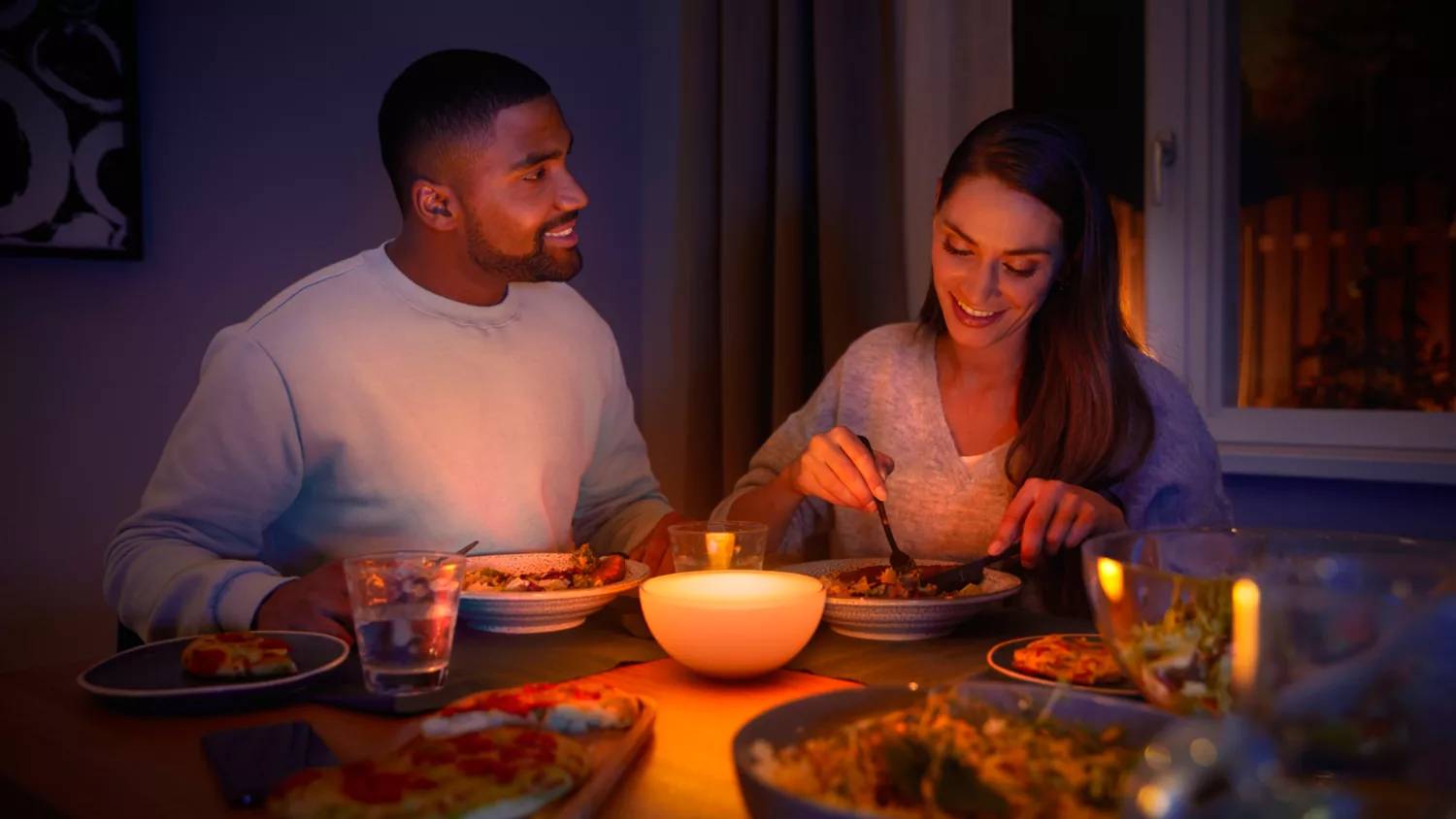
If you have the budget, you can kit your whole home out with these smart bulbs. If you don’t, a smart lamp (I love the Philips Hue Go) or simply putting a smart bulb in a regular lamp can still make a huge difference.
Right now, I use smart lights throughout the day. But in 2024 I’ll get more intentional. I’m going to pick a cooler, brighter shade of light when I’m working and I’ll swap that for a warmer, darker shade at night, mimicking the sun and signaling to my body when to feel energized and when to chill out before bed.
2. Tailor different color vibes to my mood
I’m also looking forward to setting a schedule (called creating a Routine in the Hue app) so that my smart lamp wakes me up each morning with warm, sunrise-like light – even when it’s cloudy outside I’ll get a simulated sunrise.
When I want to relax, I’ll play around with what Hue calls Scenes, different colors that create gorgeous and atmospheric lightscapes. My favorite right now is ‘Galaxy’, a mixture of deep purple and bright pink hues to emulate a cosmic adventure, but I’m going to make a whole library of my favorites to match whatever I most need in the moment.
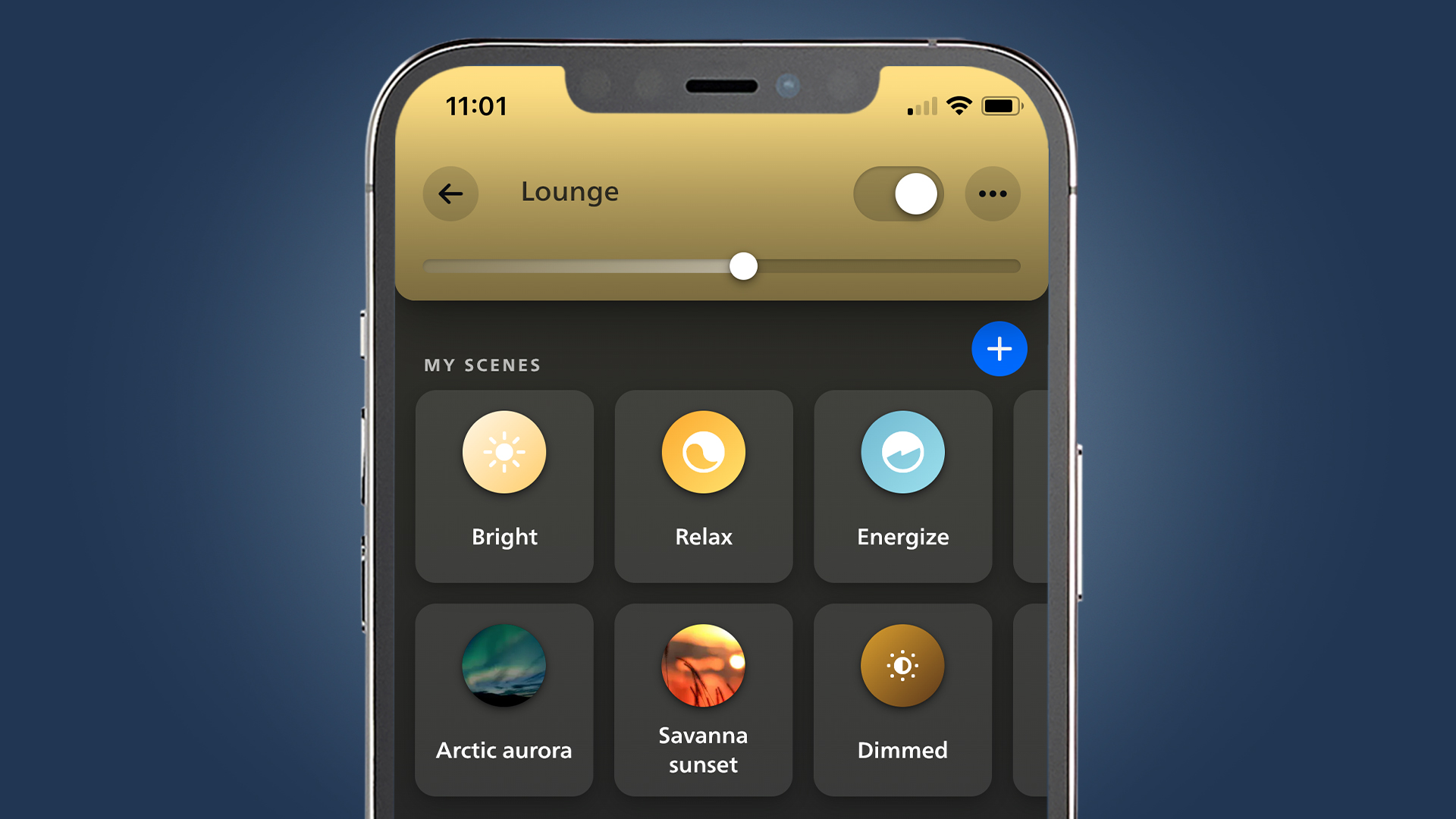
Stressed, warm and desperate for some chill-out time? I’ll pick powdery blues that look like an icy pool of water. Cool, sad and in need of a hug? I’ll have a flickering orange light that looks like warm flames ready to go.
The schedules and customization options are almost limitless, but even though I love technology, I won’t be going overboard as there’s nothing romantic about tech overwhelm. Instead, I want to create calm and soothing environments for work and rest that have a very instant effect on my mood. Bathing my bedroom and my workspace with light is incredibly romantic to me.
3. Protect my peace and block annoying sounds
Lights impact my mood and so does sound. I’m no longer putting up with intrusive noises, which I find distracting at the best of times and physically painful at the worst of times – shout out to all my neurodivergent pals who also suffer from sound and sensory sensitivity.
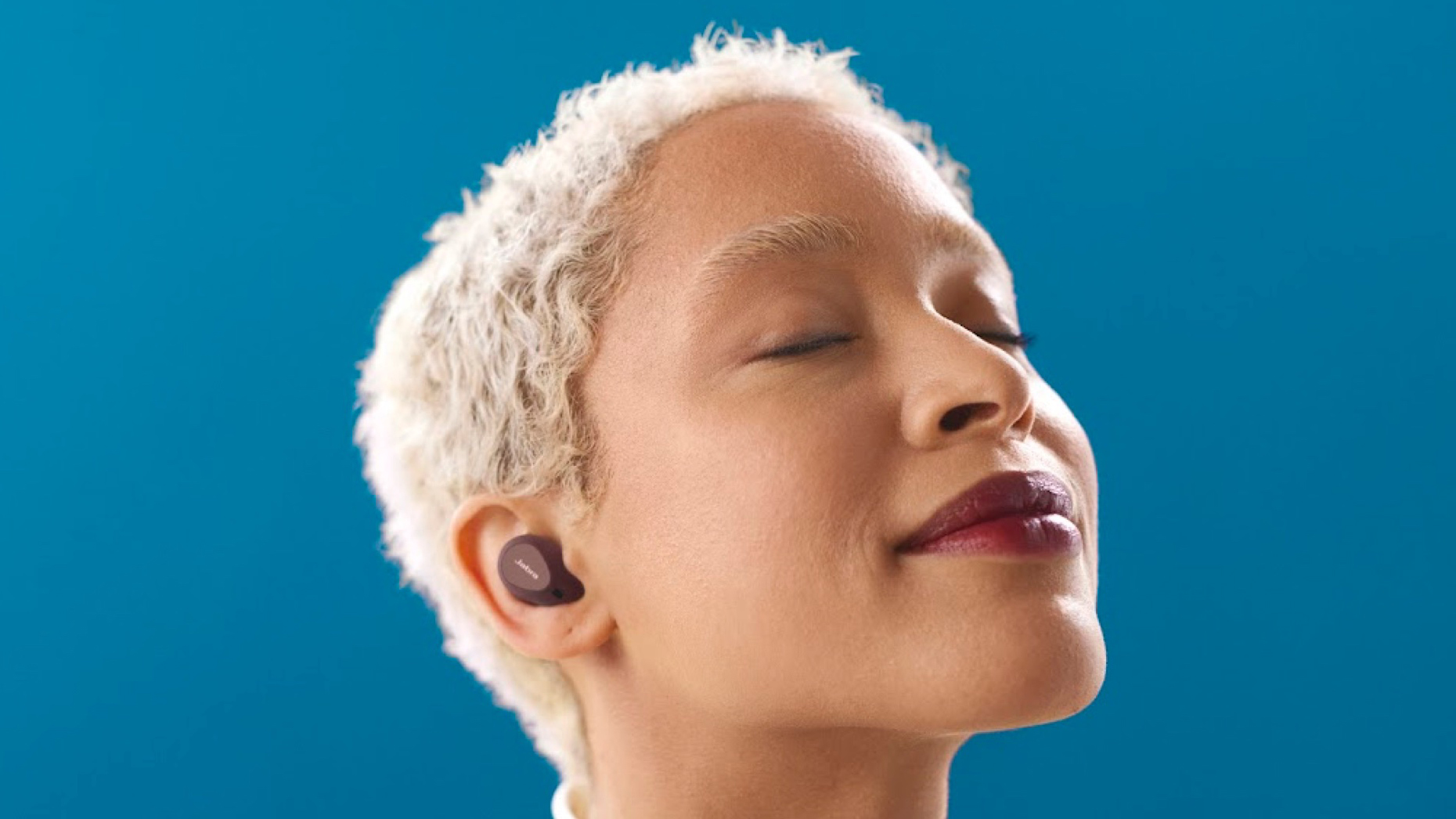
To make this task as romantic as possible, I’m going to use my all-time favorite noise-cancelling earbuds, the Jabra Elite 8 Active, when I’m traveling or at the gym – and will always make sure they’re charged up. I love these earbuds because they’re comfortable and are excellent at immersing me in a cocoon of sounds of my choosing.
4. Choose only the best-looking tech and accessories
The Jabra earbuds also look good. I know we all want our tech to be functional, but I’m no longer interested in ugly-looking devices. I also need the tech I use everyday to be nice to look at, and I’ve got no shame in admitting that.
I’ve also invested in a new set of Loop earplugs. I’ve been a big fan of Loop for dealing with noise sensitivity in the past, but the new Engage range combines some noise-blocking with the ability to still have conversations – perfect.
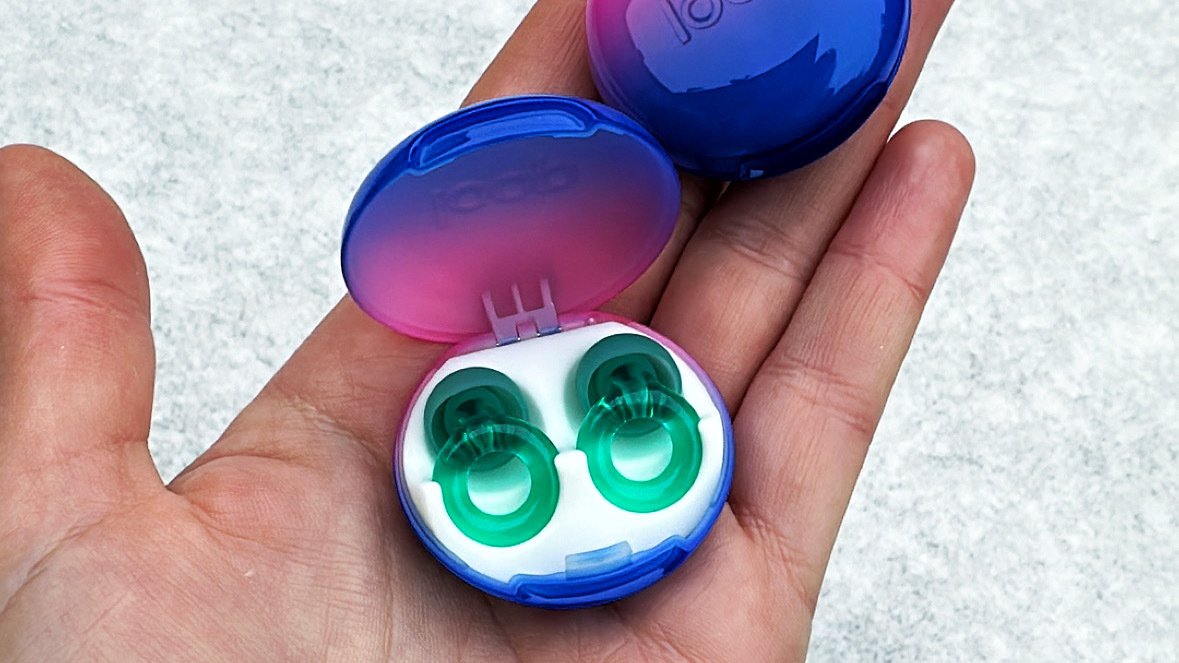
To me, this is an act of self-care and peak romanticization, because it’s making life more enjoyable and more beautiful considering Loop earplugs come in such gorgeous shades.
5. Leave my devices at home
Importantly, I’m going to ditch the earbuds and the earplugs when I go for walks amongst nature. I might even leave my phone at home too, but let’s not get too carried away.
The things that make my life most enjoyable and romantic are listening to the sound of the wind moving through the trees and the waves hitting the shore. I don’t need tech around me to appreciate them – but don’t come for me if I Instagram them, I’m only human.
Here’s to a brighter January
If the idea of adding more tech into your daily routine doesn’t sound at all romantic to you, I get it. That’s the beauty of romanticizing your life. Everyone’s is different.
For me, romanticizing my days will involve doing things to help me better appreciate the journey so I’m more likely to feel calm, comforted and surrounded by beauty rather than sad, stressed and like I can’t surface for air until Spring. We can’t rid January of cold and dark days, we can make our attitude towards them a little brighter.
You might also like
Becca is a contributor to TechRadar, a freelance journalist and author. She’s been writing about consumer tech and popular science for more than ten years, covering all kinds of topics, including why robots have eyes and whether we’ll experience the overview effect one day. She’s particularly interested in VR/AR, wearables, digital health, space tech and chatting to experts and academics about the future. She’s contributed to TechRadar, T3, Wired, New Scientist, The Guardian, Inverse and many more. Her first book, Screen Time, came out in January 2021 with Bonnier Books. She loves science-fiction, brutalist architecture, and spending too much time floating through space in virtual reality.
